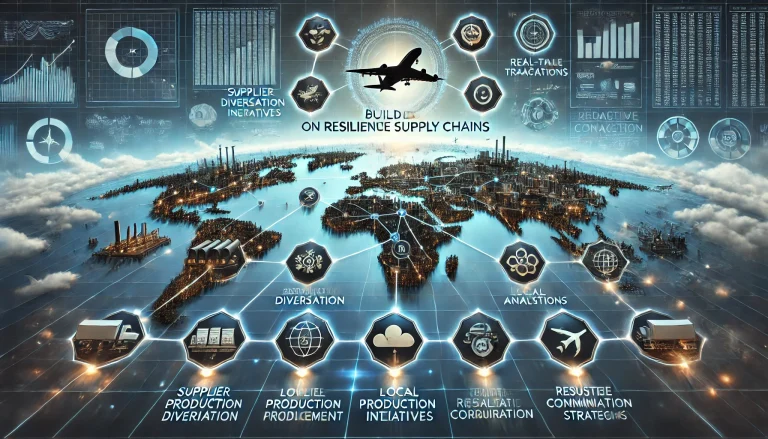Product Vision :
Our climate change adaptation platform aims to provide scalable solutions for communities, businesses, and governments to address climate challenges. Utilizing advanced technology and expertise, the platform offers localized climate data, risk assessment tools, and a repository of adaptation strategies to promote resilience and sustainable development. Core features include high-resolution climate projections, comprehensive vulnerability assessments, a library of best practices, access to funding mechanisms, tools for community engagement, and educational resources. Top use cases cover urban planning, agriculture, water management, coastal protection, disaster preparedness, biodiversity conservation, health services, community training, policy development, and business continuity. Launching in January 2025, the platform seeks to empower users with the knowledge and tools for effective adaptation strategies, addressing high costs, lack of localized data, technological barriers, policy gaps, and social inequity to foster resilience and protect vulnerable communities. The goal is to balance feasibility and profitability in the final product.
What are the biggest pain points they experience when trying to achieve their goals?
- Lack of Awareness: Limited understanding of adaptation strategies among communities.
- Insufficient Funding: Inadequate financial resources for large-scale adaptation projects.
- Policy Gaps: Absence of comprehensive policies supporting climate adaptation.
- Infrastructure Vulnerability: Existing infrastructure unable to withstand extreme weather events.
- Data Deficiency: Lack of localized climate data to inform adaptation strategies.
- Technological Limitations: Insufficient technology to implement effective adaptation measures.
- Economic Constraints: High costs associated with adaptation measures.
- Social Inequity: Unequal distribution of resources and support for vulnerable populations.
- Coordination Challenges: Difficulty in coordinating among multiple stakeholders.
- Regulatory Hurdles: Complex regulations hindering the implementation of adaptation projects.

Innovations that Helps to Solve this Problem:
- Nature-Based Solutions: Integrating natural systems for flood control and coastal protection.
- Advanced Climate Modeling: High-resolution climate predictions for better planning.
- Resilient Crop Varieties: Genetic modification and selective breeding for drought and pest resistance.
- Smart Water Management Systems: IoT-based irrigation and water distribution systems.
- Renewable Energy Integration: Combining adaptation strategies with renewable energy solutions.
- Urban Green Infrastructure: Green roofs, walls, and urban forests.
- Climate Finance Tools: Innovative financing mechanisms for adaptation projects.
- Community-Based Adaptation: Empowering local communities with tools and knowledge for resilience.
- Artificial Intelligence: AI-driven analysis and prediction of climate impacts.
- Public-Private Partnerships: Collaborative projects between governments, businesses, and NGOs.
Top 10 Startups Who already Working for this Issue :
- Desolenator: Solar-powered desalination technology.
- Groasis: Water-efficient planting technology for arid regions.
- Sustaera: Direct air capture technology for reducing atmospheric CO2.
- FloodMap: Predictive flood mapping and risk assessment.
- CoolFarm: Precision farming technology for climate-smart agriculture.
- PlanetWatchers: Satellite data analysis for environmental monitoring.
- Watergen: Atmospheric water generation technology.
- Climavision: Hyper-local weather forecasting and climate data services.
- Biocarbon Engineering: Drone-based reforestation technology.
- Bluedot: Real-time disease tracking and environmental health analytics.
Conclusion :
Climate change adaptation is critical for mitigating the adverse impacts of climate variability on ecosystems, economies, and communities worldwide. Our research delves into the multifaceted challenges posed by climate change, identifying key pain points such as high costs, lack of localized data, technological barriers, policy inconsistencies, and social inequity. We analyzed the competitive landscape, highlighting leading companies and startups that provide innovative solutions, from nature-based systems to advanced climate modeling and resilient infrastructure.
Despite significant advancements, gaps remain in funding, scalability, and access to technology, particularly in developing regions. Our proposed product vision leverages our company’s strengths in expertise, technological innovation, and strong partnerships to develop a comprehensive climate change adaptation platform. This platform aims to provide localized climate data, risk assessment tools, a solution repository, funding mechanisms, and community engagement resources to empower users in implementing effective adaptation strategies.



